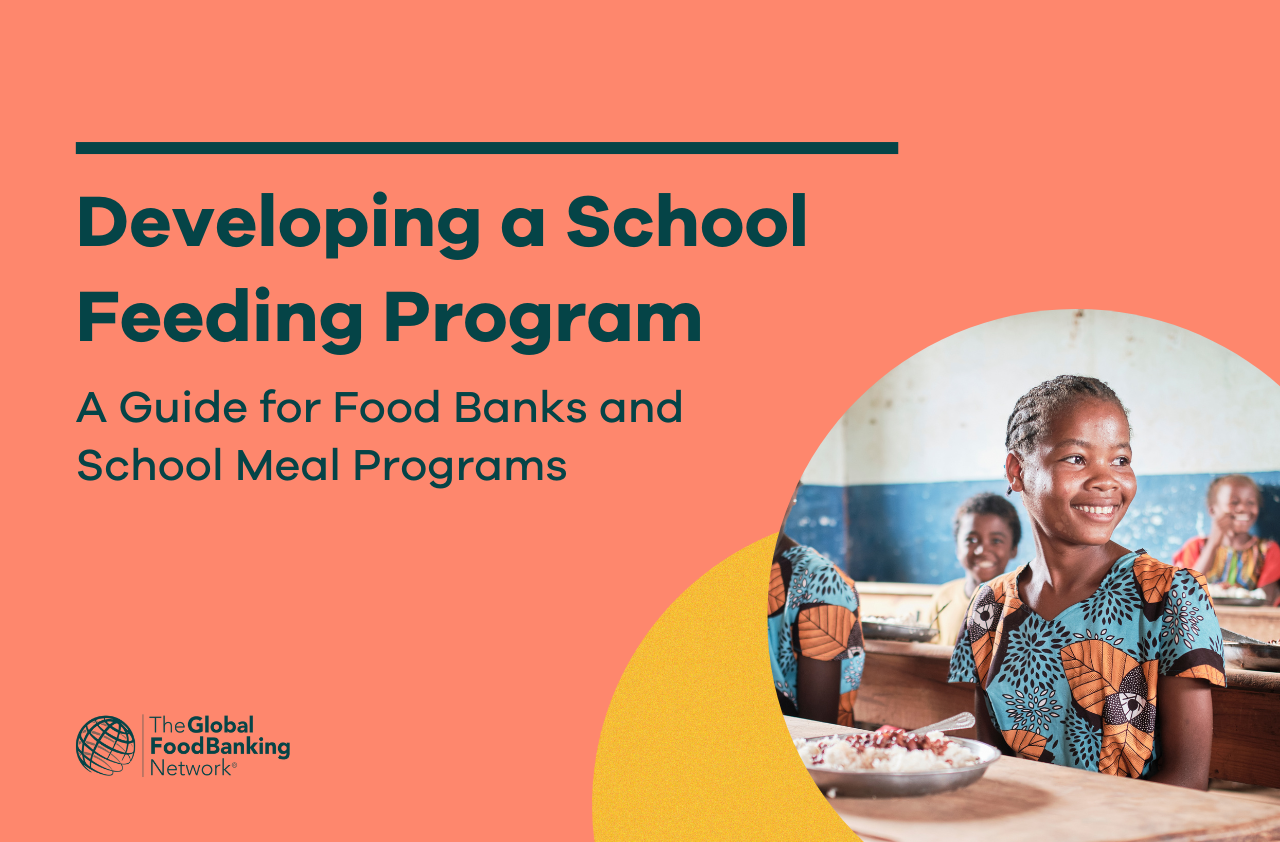Description

Copyright infringement not intended
Context: Despite an overall recovery, the reach of school meals in low-income countries is still 4% below pre-pandemic levels, according to a recent World Food Programme (WFP) report.
Highlights of the Report
- According to a report titled "The Status of School Feeding Globally 2022", the proportion of children in low-income nations receiving school meals has decreased by about 4%, with the highest drops seen in Africa.
- According to the published data, which came from 176 nations, there are roughly 1.2 billion school-age children worldwide who are enrolled in preschool, primary, and secondary schools.
Increase spending on school meals
- The study found that high-income, upper-middle-income, and lower-middle-income countries all experienced constant, modest increases in school meals of 4%, 4%, and 16%, respectively.
- Low-income nations have boosted their domestic spending for school meals from 30% in 2020 to 45% in 2022 despite other post-pandemic needs and financial constraints.
.jpeg)
Donation
- Donor contributions have decreased from 69% to 55%, a shortage that is probably the result of conflicting priorities.
- The level of international funding for school meals has decreased from around $267 million in 2020 to just $214 million in 2022, not keeping up with increasing levels of domestic funding.
Global status of School meals
- Around the world, 420 million children receive school meals, an increase of 30 million (or almost 7%) from the 388 million children reported in this report's 2020 edition.
- According to the research, Brazil, Russia, India, China, and South Africa together accounted for 19 million of the 30 million increases in the number of children receiving school meals between 2020 and 2022.
Significance of School meal programs
- School lunch programmes are an essential safety net for vulnerable children and families, according to the World Food Programme, 345 million people globally, including 153 million kids and teenagers, are experiencing food crises.
- According to the survey, school lunch programmes can boost enrollment rates by 9% and attendance rates by 8%.
- According to research, school feeding programmes can provide $9 in returns for every $1 invested, including positive benefits on social protection, agriculture, education, health, and nutrition.
- For every 100,000 students receiving school meals, school meal programmes contribute significantly to the creation of 1,000–2,000 jobs. Cooks and food preparers make up the vast bulk of these positions; however, there are also openings for other positions.


Recommendations
- Make sure that the schools stay open and that the coverage is maintained or increased.
- Encourage the Sustainable Finance Initiative to assist low-income nations in finding sources of funding for their programmes.
- Access to independent evidence on the costs, advantages, and efficacy of various domestic school feeding programme designs, as well as on climate change and food sovereignty, should be prioritised by the national government.
PM-Poshan Schemes
https://www.iasgyan.in/daily-current-affairs/pm-poshan-scheme
Midday Meal Scheme
https://www.iasgyan.in/daily-current-affairs/mid-day-meals
|
PRACTICE QUESTION
Q. In terms of food production, India has been self-sufficient for many years, and over the last 20 years, the country has made great economic gains. But despite the country's adequate food supply, millions of Indians still suffer from starvation. Examine critically.
|

https://www.downtoearth.org.in/news/food/despite-progress-school-feeding-coverage-low-where-needed-most-wfp-88440














